Home>diy>Building & Construction>What Is Soft Landscape Construction
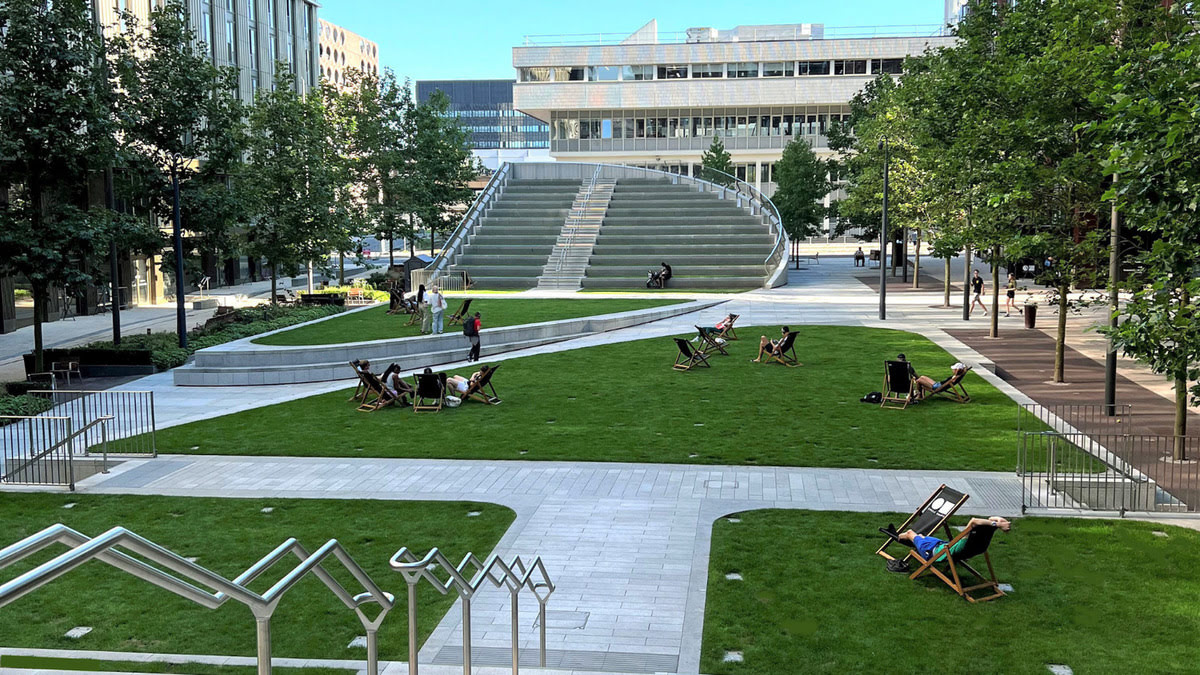

Building & Construction
What Is Soft Landscape Construction
Modified: November 1, 2024
Learn about soft landscape construction, its benefits, and techniques involved in building beautiful outdoor spaces.
(Many of the links in this article redirect to a specific reviewed product. Your purchase of these products through affiliate links helps to generate commission for Storables.com, at no extra cost. Learn more)
Introduction
In the field of construction, there are two main categories: hard landscape construction and soft landscape construction. While hard landscape construction deals with the structures and hardscape elements of a project, such as buildings and roads, soft landscape construction focuses on the design, installation, and maintenance of natural elements like plants, trees, and other living materials. It plays a crucial role in enhancing the aesthetic appeal and functionality of outdoor spaces.
Soft landscape construction is more than just creating a green space. It involves careful planning, selection of appropriate plant species, and implementation of landscaping techniques to create harmonious and sustainable environments. From public parks and gardens to residential yards and commercial complexes, soft landscape construction plays a vital role in transforming spaces into inviting and vibrant areas.
In this article, we will delve deeper into the concept of soft landscape construction, its importance, the components and materials used, techniques and methods employed, as well as the benefits and challenges associated with it. So, let’s explore the world of soft landscape construction and discover how it shapes our surroundings.
Key Takeaways:
- Soft landscape construction enhances outdoor spaces by integrating natural elements, promoting biodiversity, and improving environmental sustainability. It creates visually appealing and functional landscapes that benefit both humans and wildlife.
- Careful planning, plant selection, and maintenance are essential in soft landscape construction to overcome challenges such as site conditions, climate factors, and budget constraints. Successful projects create thriving and resilient outdoor spaces.
Read more: What Is Landscaping In Construction
Definition of Soft Landscape Construction
Soft landscape construction refers to the planning, design, installation, and maintenance of the living components of a landscape project. It involves the creation and manipulation of natural elements such as plants, trees, shrubs, flowers, turf, and other organic materials to enhance the beauty, functionality, and sustainability of outdoor spaces.
Unlike hard landscape construction, which deals with man-made structures and hardscape elements, soft landscape construction focuses on the integration of greenery, textures, and colors into the environment. It encompasses various aspects, including planting design, soil preparation, irrigation systems, drainage solutions, and ongoing maintenance practices.
Soft landscape construction is essential for creating visually appealing landscapes that not only complement the architectural elements of a project but also create a sense of harmony and balance with the natural surroundings. It involves careful selection of plant species, considering factors such as climate, soil conditions, and desired aesthetic outcomes.
The ultimate goal of soft landscape construction is to create sustainable and functional outdoor spaces that provide a range of benefits, including improved air quality, reduced noise levels, enhanced biodiversity, and recreational opportunities. By incorporating green elements into the landscape, soft construction helps to create more livable and enjoyable environments for both humans and wildlife.
In summary, soft landscape construction is the art and science of integrating natural elements into the built environment. It involves the careful selection, installation, and maintenance of plants and other organic materials to create aesthetically pleasing and ecologically sound landscapes.
Importance of Soft Landscape Construction
Soft landscape construction plays a significant role in enhancing the overall functionality, beauty, and sustainability of outdoor spaces. Here are some key reasons why soft landscape construction is important:
- Aesthetic Appeal: Soft landscape construction adds natural beauty and visual appeal to outdoor spaces. Greenery, colorful flowers, and well-designed plant arrangements can transform bland areas into vibrant and inviting landscapes.
- Environmental Benefits: Soft landscape construction contributes to environmental sustainability by improving air quality, reducing soil erosion, and mitigating the effects of urban heat islands. Plants absorb carbon dioxide and release oxygen, improving air quality and promoting a healthier environment.
- Ecological Balance: Soft landscape construction creates habitats for birds, insects, and other wildlife, promoting biodiversity and ecological balance. By using native plants, soft construction supports local ecosystems and provides food and shelter for pollinators and small animals.
- Health and Well-being: Interacting with nature has been proven to have positive effects on mental and physical well-being. Soft landscape features, such as parks, gardens, and recreational areas, provide spaces for relaxation, exercise, and stress reduction.
- Noise Reduction: Soft landscape elements, such as trees and shrubs, help to absorb and deflect noise, making outdoor spaces more peaceful and reducing the impact of urban noise pollution. This is especially important in urban areas and near busy roads.
- Energy Efficiency: Soft landscape construction can contribute to energy efficiency by providing shade during hot summer months, reducing the need for air conditioning. Properly placed trees and plants can also act as windbreaks, reducing heat loss during winter.
Overall, soft landscape construction goes beyond aesthetic improvements. It creates functional, sustainable, and enjoyable outdoor spaces that benefit both humans and the natural environment. By incorporating green elements into our surroundings, we can create healthier, more harmonious, and sustainable communities.
Components of Soft Landscape Construction
Soft landscape construction involves various components that work together to create beautiful and functional outdoor spaces. These components include:
- Plantings: The selection and placement of plants are essential components of soft landscape construction. Plants can range from trees and shrubs to flowers, grasses, and groundcovers. They provide visual interest, shade, privacy, and wildlife habitat.
- Turf: Turf or grass is a common component used in soft landscape construction. It provides an aesthetically pleasing and functional groundcover that can be used for various purposes, including recreational activities, erosion control, and rainwater absorption.
- Hardscape Edging: Hardscape edging, such as stone, brick, or concrete borders, is often used to delineate and separate different areas in a landscape. It adds structure and defines the boundaries between different plantings and hardscape elements.
- Pathways: Pathways are essential components that provide functional and aesthetic access throughout the landscape. They can be made of various materials, such as gravel, concrete, pavers, or natural stone, and can be designed in different styles to complement the overall design theme.
- Water Features: Water features, such as ponds, fountains, or waterfalls, can be incorporated into soft landscape construction to add visual interest, create a calming atmosphere, and provide habitat for aquatic plants and animals.
- Lighting: Outdoor lighting is an important component that enhances the beauty and functionality of soft landscape construction. It can be used to highlight focal points, add ambiance, improve safety, and extend the usability of outdoor spaces during the evening hours.
- Furniture and Amenities: Soft landscape construction can include the addition of outdoor furniture, such as seating areas, tables, and benches, as well as amenities like fire pits, barbecue areas, and playground equipment, to enhance the functionality and enjoyment of the outdoor space.
- Irrigation Systems: To ensure the health and vitality of plantings, proper irrigation systems are an important component of soft landscape construction. These systems can include sprinklers, drip lines, and timers to provide the necessary water to plants while conserving water and reducing waste.
- Maintenance Plan: Lastly, an effective maintenance plan is crucial for the long-term success of soft landscape construction. This includes regular pruning, fertilization, pest control, and monitoring of plant health to ensure that the landscape remains healthy and attractive.
By integrating these components in a thoughtful and harmonious way, soft landscape construction creates visually appealing, sustainable, and functional outdoor spaces that enhance the quality of life for those who utilize them.
Materials Used in Soft Landscape Construction
Soft landscape construction requires a variety of materials to support the growth, development, and maintenance of plants and other living components. Here are some common materials used in soft landscape construction:
- Soil: Good quality soil is the foundation for healthy plant growth. Different types of soil, such as sandy, loamy, or clayey soil, may be used based on the specific needs of the plants and the local environment. Soil amendments, like compost or organic matter, are often added to improve soil structure and fertility.
- Mulch: Mulch is applied to the soil surface around plants to conserve moisture, suppress weeds, regulate soil temperature, and improve overall soil health. Common mulch materials include wood chips, bark, straw, and gravel.
- Plants: Plants are a crucial material in soft landscape construction. They can include trees, shrubs, flowers, and various groundcover options. These are typically sourced from local nurseries and selected based on climate suitability, aesthetic preferences, and water requirements.
- Turf Grass: Turf grass is often used to create lush lawns in soft landscape construction. Different types of grasses, such as Bermuda grass, Kentucky bluegrass, or fescue, may be used depending on the climate and desired characteristics of the lawn.
- Planting Containers: In some cases, planting containers like pots or planter boxes are used to add flexibility and portability to soft landscape construction. These containers can be made of various materials, including plastic, ceramic, or terracotta.
- Edging Materials: Edging materials, such as stones, bricks, or metal, are used to create defined borders and separation between different areas in the landscape. They provide a clean and organized look while preventing the spread of plants into unwanted areas.
- Irrigation Equipment: In order to provide water to plants, irrigation equipment like sprinklers, drip lines, valves, and controllers are commonly used. These materials help ensure efficient water distribution and minimize water waste.
- Lighting Fixtures: Outdoor lighting fixtures, such as LED spotlights, pathway lights, or string lights, are used to enhance the ambiance and functionality of soft landscape construction. They contribute to safety, security, and aesthetics by illuminating key areas and highlighting focal points.
- Structural Supports: For climbing plants or trees, structural supports like trellises, arbors, or pergolas may be used. These materials provide stability and support for vine plants to grow vertically and create a visually appealing vertical element in the landscape.
- Fertilizers and Amendments: Fertilizers and soil amendments are used to enhance nutrient levels and improve soil health. This promotes healthy growth and vibrant foliage in plants. Common fertilizers include organic options like compost or well-balanced chemical fertilizers.
These materials, used in combination with proper techniques and methods, contribute to the success of soft landscape construction projects. By selecting the right materials and using them effectively, landscapes can thrive and provide beauty and functionality for years to come.
When undertaking soft landscape construction, ensure proper soil preparation by loosening and amending the soil to create an optimal environment for plant growth. This will help establish healthy and thriving landscaping.
Techniques and Methods of Soft Landscape Construction
Soft landscape construction involves a range of techniques and methods that are used to create and maintain beautiful and functional outdoor spaces. These techniques ensure the successful installation, growth, and sustainability of plants and other living components. Here are some common techniques and methods used in soft landscape construction:
- Site Analysis and Planning: Before beginning any soft landscape construction project, a thorough site analysis is conducted. This includes evaluating factors such as soil conditions, sun exposure, drainage patterns, and existing vegetation. This analysis helps planners and designers make informed decisions about plant choices and placement.
- Plant Selection and Placement: Choosing the right plants for a specific site is crucial for successful soft landscape construction. Factors such as climate, soil type, sun exposure, and water availability must be considered. Plants should be selected based on their compatibility with site conditions and their ability to meet the desired aesthetic and functional goals.
- Soil Preparation: Proper soil preparation is essential for establishing healthy plants. It involves removing weeds and debris, loosening the soil, and incorporating organic matter or soil amendments to improve soil structure, fertility, and drainage.
- Planting Techniques: Different planting techniques are employed depending on the type and size of plants being installed. These techniques include digging appropriate-sized holes, ensuring proper root depth and alignment, and backfilling with soil while avoiding air pockets.
- Irrigation System Installation: An effective irrigation system is crucial for the long-term health and vitality of soft landscape construction. Sprinklers, drip lines, or a combination of both may be installed to provide the necessary water to plants at appropriate intervals and in the most efficient way possible.
- Mulching: Applying a layer of mulch around plants helps retain moisture, suppress weeds, regulate soil temperature, and improve overall soil health. Mulch should be spread evenly around plants, leaving a gap around the base to prevent stem rot.
- Pruning and Maintenance: Regular pruning and maintenance are necessary to ensure the health and aesthetics of soft landscape construction. This includes removing dead or damaged branches, shaping plants for desired aesthetics, and monitoring for pests and diseases.
- Fertilization: Proper fertilization is important for providing essential nutrients to plants. This can be done through organic amendments or commercial fertilizers, following recommended application rates and schedules to avoid over or under-fertilization.
- Integrated Pest Management: Soft landscape construction often involves implementing integrated pest management (IPM) practices. This approach focuses on prevention, monitoring, and control of pests through biological, cultural, and chemical methods to minimize environmental impact.
- Seasonal Maintenance: Soft landscapes require seasonal maintenance to ensure year-round beauty and health. This may include winter pruning, spring cleanup, summer watering, and fall leaf removal. These seasonal tasks help plants thrive during different weather conditions.
By employing these techniques and methods, soft landscape construction projects can be implemented successfully and maintained to create lasting and thriving outdoor spaces. Attention to detail, proper planning, and regular maintenance are key to the success of soft landscape construction.
Benefits of Soft Landscape Construction
Soft landscape construction offers a multitude of benefits, both for individuals and the environment. Here are some key advantages of incorporating soft landscape features into outdoor spaces:
- Improved Aesthetic Appeal: Soft landscape elements, such as lush green lawns, vibrant flowers, and well-designed plant arrangements, enhance the visual appeal of outdoor spaces. They create natural beauty, add color and texture, and create a calming and inviting atmosphere.
- Environmental Conservation: Soft landscape features contribute to environmental conservation by reducing soil erosion and improving air and water quality. Plants help absorb carbon dioxide, release oxygen, and filter pollutants from the air, while their root systems prevent soil erosion and promote water infiltration.
- Biodiversity Enhancement: Soft landscape construction promotes biodiversity by providing habitat for native plants, insects, birds, and other wildlife. By selecting native plant species, soft landscapes support local ecosystems and help preserve and restore natural biodiversity.
- Health and Well-being: Interacting with nature has numerous physical and mental health benefits. Soft landscape construction provides spaces for outdoor activities, exercise, relaxation, and stress reduction, improving overall well-being and quality of life.
- Noise Reduction: Soft landscape elements, such as trees, shrubs, and grass, help absorb and deflect sound, reducing noise pollution and creating more peaceful and tranquil outdoor environments. This is especially important in urban areas or near busy roads.
- Temperature Regulation: Soft landscape construction helps regulate temperature in outdoor areas. Trees and vegetation provide shade and evaporative cooling, reducing the incidence of heat islands and improving comfort during hot weather.
- Stormwater Management: Soft landscape features, including vegetation and permeable surfaces, help manage stormwater runoff. They absorb rainwater, reduce the flow of runoff, and filter pollutants before they reach water bodies, improving water quality and reducing the risk of flooding.
- Economic Value: Well-designed soft landscape construction adds value to properties. Aesthetically pleasing outdoor spaces increase curb appeal and property values, providing a higher return on investment for homeowners and attracting customers for commercial complexes.
- Social and Community Benefits: Soft landscape construction creates spaces for social interaction, community gatherings, and recreational activities. Parks, gardens, and other green areas serve as meeting places and contribute to a sense of community pride and cohesion.
- Education and Learning Opportunities: Soft landscapes provide educational opportunities for children and adults alike. They can be used as outdoor classrooms, teaching about the natural environment, plant species, ecology, and sustainable practices.
Overall, soft landscape construction delivers a wide range of benefits, from enhancing visual appeal and improving environmental sustainability to promoting health and well-being. By integrating nature into our outdoor spaces, we can create harmonious and thriving environments that benefit both individuals and the larger community.
Challenges and Considerations in Soft Landscape Construction
While soft landscape construction offers numerous benefits, there are also challenges and considerations that need to be taken into account. Here are some key challenges and considerations in soft landscape construction:
- Site Conditions: Each site comes with unique challenges, such as soil type, drainage issues, sun exposure, and microclimates. It is essential to conduct a thorough site analysis to understand these conditions and select plants that are well-suited to thrive in the specific environment.
- Maintenance: Soft landscapes require regular maintenance to ensure their health and vitality. This includes watering, fertilizing, pruning, pest control, and weed management. Adequate resources, time, and expertise should be allocated for ongoing maintenance to prevent issues and maintain the desired aesthetics.
- Climate Factors: Climate plays a significant role in the success of soft landscape construction. Extreme temperatures, frost, drought, and high humidity can pose challenges for certain plant species. It is crucial to select plants that are adapted to the local climate and consider strategies such as irrigation, shading, and windbreaks.
- Species Selection: Choosing the right plant species for a specific site is critical. Factors such as sun exposure, soil type, water availability, and desired aesthetic outcomes need to be considered. Selecting plants that are compatible with the site conditions and are low-maintenance will help ensure their long-term success.
- Pest and Disease Management: Soft landscapes are susceptible to pests, diseases, and invasive plant species. It is important to implement integrated pest management practices that focus on prevention, monitoring, and control to minimize the use of chemicals and reduce their impact on the environment.
- Water Management: Efficient water management is essential in soft landscape construction. It is important to design irrigation systems that provide adequate water to plants while minimizing water waste. This may include using technologies such as drip irrigation and rainwater harvesting systems to optimize water usage.
- Budget Constraints: Soft landscape construction projects can be financially demanding. The costs associated with plant materials, irrigation systems, soil amendments, and ongoing maintenance need to be considered. Prioritization, proper budgeting, and phased implementation can help mitigate financial constraints.
- Local Regulations: Soft landscape construction projects may need to comply with local regulations related to zoning, environmental protection, water usage, and plant selection. It is important to be aware of and adhere to these regulations to ensure project compliance and avoid potential penalties or delays.
- Timing and Seasonality: Soft landscape construction projects often require careful timing to ensure the success of plant installations and overall project completion. Consideration should be given to optimal planting seasons, weather conditions, and the availability of plant materials and labor resources.
- Long-Term Planning: Soft landscapes evolve and change over time. Consideration should be given to long-term goals and potential future expansion or modifications. Flexibility in design and planting arrangements can accommodate future changes and allow for ongoing adaptation and innovation.
By addressing these challenges and considerations in soft landscape construction, project success can be achieved. It is essential to conduct thorough planning, seek professional advice when needed, and implement sustainable practices to overcome these challenges and create thriving and resilient outdoor spaces.
Examples of Soft Landscape Construction Projects
Soft landscape construction can be found in a variety of settings, from public parks to private gardens, and commercial landscapes. Here are some examples of soft landscape construction projects:
- Urban Rooftop Garden: An unused rooftop space in a busy city can be transformed into a lush green oasis through soft landscape construction. The project may involve the installation of plant beds, shrubs, trees, and a well-designed irrigation system. This rooftop garden provides a calming retreat for residents and helps mitigate the urban heat island effect.
- Community Park: Soft landscape construction in a community park involves creating open green spaces, planting trees, installing flower beds, and adding recreational areas. The park offers residents a place to relax, play, and connect with nature, enhancing the social fabric of the community.
- Residential Garden: Soft landscape construction in a residential garden can involve a mix of elements such as flower beds, shrubs, ornamental grasses, and a well-maintained lawn. The design may incorporate seating areas, pathways, and lighting to create an inviting and functional outdoor living space for the homeowners and their guests.
- Corporate Campus: Soft landscape construction in a corporate campus can include the planting of trees, shrubs, and flowers, installation of walking paths, and incorporation of outdoor seating areas. A well-designed soft landscape can contribute to a more positive and productive work environment and provide employees with access to nature during breaks.
- Botanical Gardens: Botanical gardens are prime examples of extensive soft landscape construction. These gardens feature a diverse range of plants, themed collections, and educational exhibits. They are designed to showcase various plant species, provide learning opportunities, and inspire visitors with the beauty and diversity of the natural world.
- Green Roof Installation: Soft landscape construction can involve creating green roofs on buildings of various scales. The project includes selecting appropriate plant species, installing a suitable growing medium, and designing an efficient irrigation system. Green roofs provide insulation, improve air quality, and aesthetically enhance the urban landscape.
- Street-Side Landscaping: Soft landscape construction along streets and sidewalks adds beauty and improves the urban environment. Plantings of trees, shrubs, and flowers can enhance the visual appeal, buffer noise from traffic, provide shade, and create a more pedestrian-friendly streetscape.
- Recreational Park: Soft landscape construction in a recreational park involves the installation of sports fields, playgrounds, picnic areas, and walking trails, along with the planting of trees, flowers, and grass. These parks provide opportunities for physical activity, leisure, and social interaction for individuals and families.
- Rain Garden: Soft landscape construction can include the creation of rain gardens, which are designed to capture and filter stormwater runoff. These gardens, typically located in low-lying areas, contain native plants and porous soil that help absorb and naturally filter excess water, reducing the strain on the municipal drainage system.
- Botanical Greenhouse: Soft landscape construction can involve creating a botanical greenhouse that houses a diverse range of exotic plants. These structures provide controlled environments for plant growth and create opportunities for education, research, and conservation of rare and endangered plant species.
These examples demonstrate the versatility and impact of soft landscape construction in creating beautiful, functional, and sustainable outdoor spaces. Whether in urban areas, residential neighborhoods, or recreational settings, soft landscape projects enhance the environment and provide numerous benefits for individuals and communities.
Read more: What Division Is Landscaping In Construction
Conclusion
Soft landscape construction is a fundamental aspect of creating visually appealing, functional, and sustainable outdoor spaces. Through careful planning, selection of appropriate plant species, and implementation of effective techniques and methods, soft landscape construction enhances the beauty of our surroundings while providing a range of benefits.
From public parks and gardens to residential yards and commercial complexes, soft landscape construction plays a crucial role in transforming spaces into inviting and vibrant areas. It brings nature closer to our day-to-day lives, creating a sense of tranquility, promoting biodiversity, and improving overall well-being.
The components and materials used in soft landscape construction, such as plants, turf, irrigation systems, and lighting, work together harmoniously to create visually appealing and ecologically sound landscapes. Techniques and methods, including proper site analysis, plant selection, soil preparation, and ongoing maintenance, ensure the long-term success and health of soft landscapes.
The benefits of soft landscape construction are numerous. It enhances aesthetic appeal, promotes environmental conservation, and provides social and community benefits. Soft landscapes contribute to improved air and water quality, reduce noise pollution, mitigate urban heat islands, and offer opportunities for recreation and relaxation.
However, soft landscape construction also presents challenges and considerations, including site conditions, maintenance requirements, climate factors, and budget constraints. By addressing these challenges and considering important factors, successful soft landscape projects can be realized.
From urban rooftops to community parks, residential gardens to corporate campuses, soft landscape construction projects are diverse, adaptable, and impactful. They create spaces where people can connect with nature, foster a sense of community, and enhance the quality of life for all who encounter them.
In conclusion, soft landscape construction is not just about creating beautiful outdoor spaces; it’s about creating sustainable, functional, and inviting environments that bring us closer to nature. By incorporating the principles and practices of soft landscape construction, we can create thriving landscapes that benefit not only ourselves but also the larger ecosystem. So, let’s embrace the beauty and potential of soft landscape construction and shape our surroundings for generations to come.
Frequently Asked Questions about What Is Soft Landscape Construction
Was this page helpful?
At Storables.com, we guarantee accurate and reliable information. Our content, validated by Expert Board Contributors, is crafted following stringent Editorial Policies. We're committed to providing you with well-researched, expert-backed insights for all your informational needs.
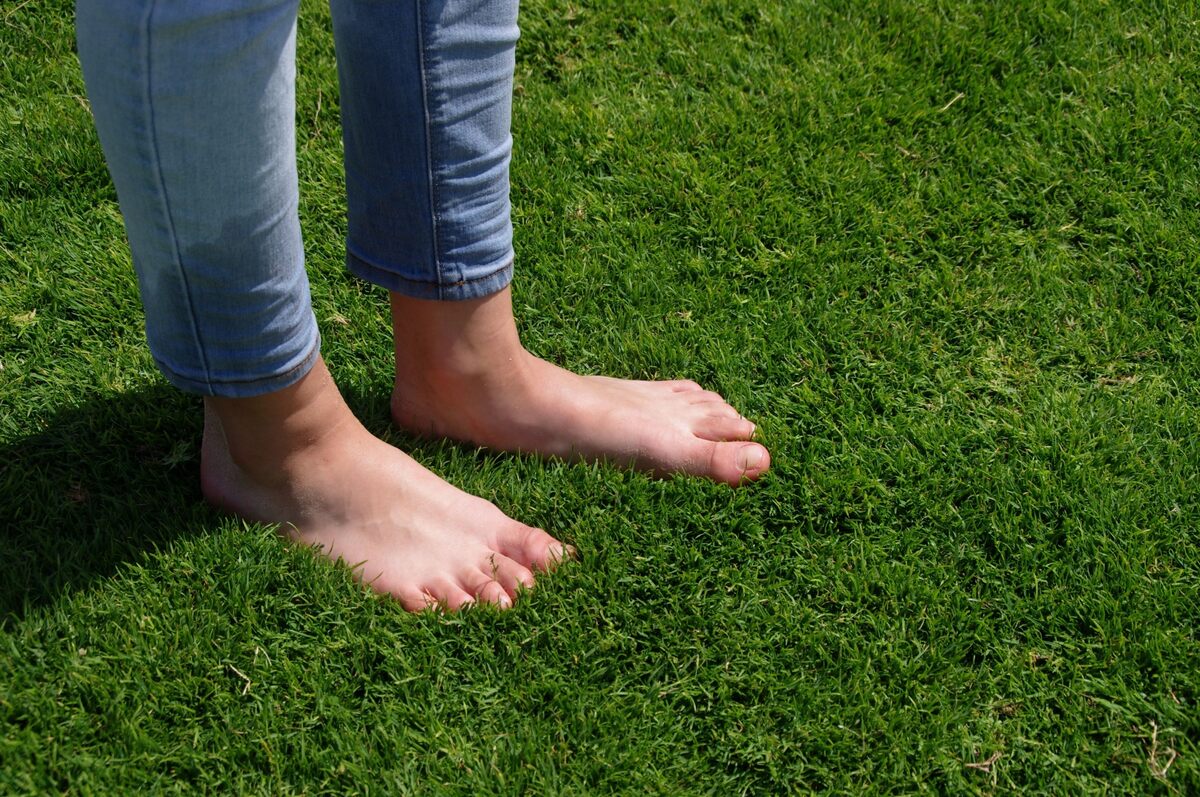


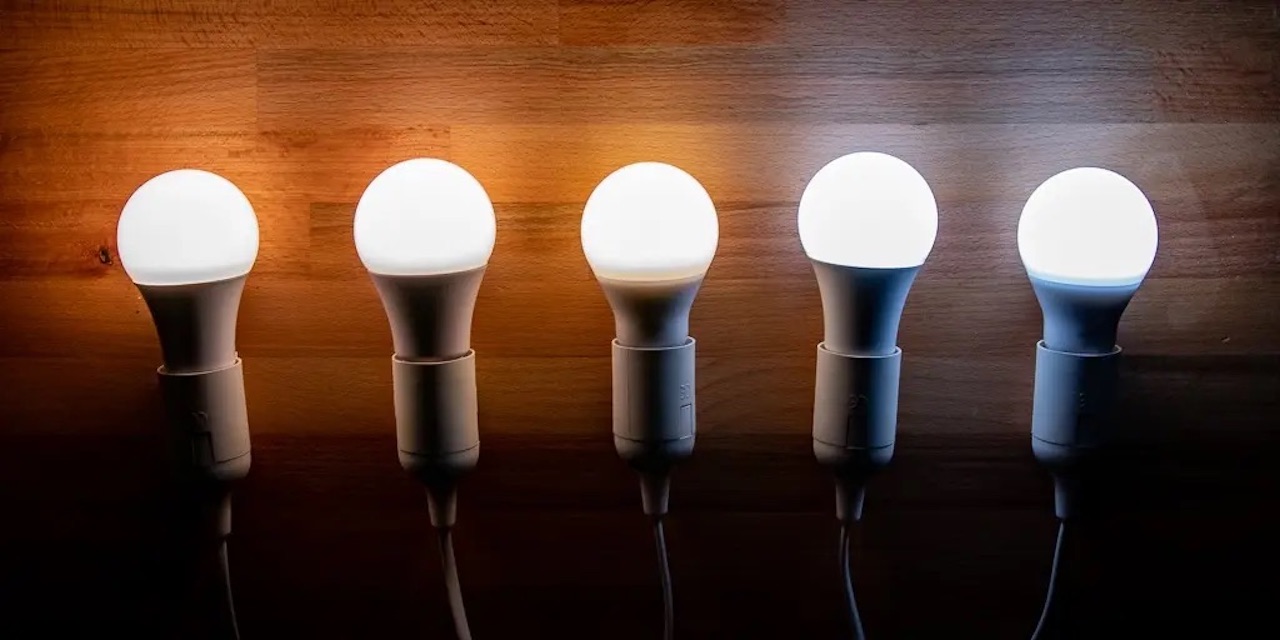



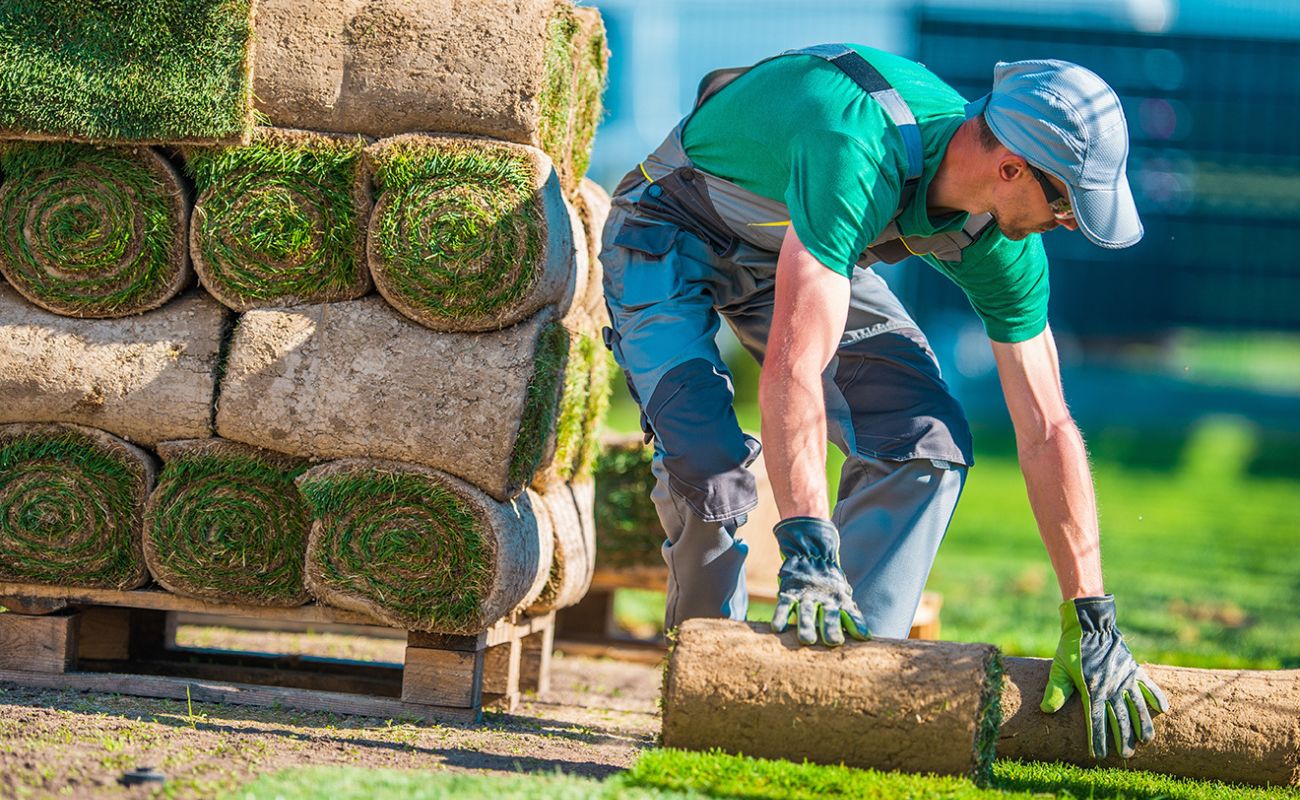
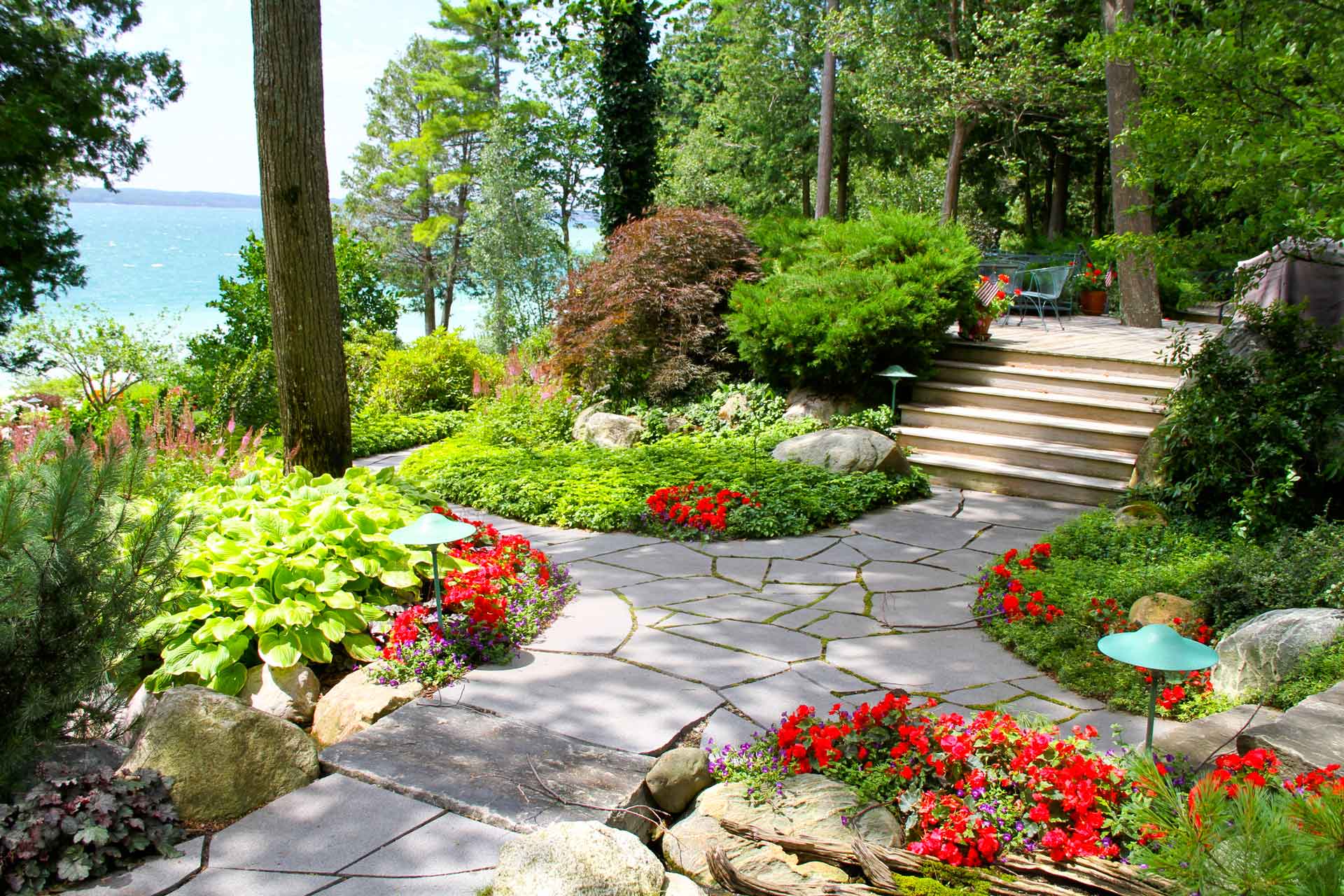
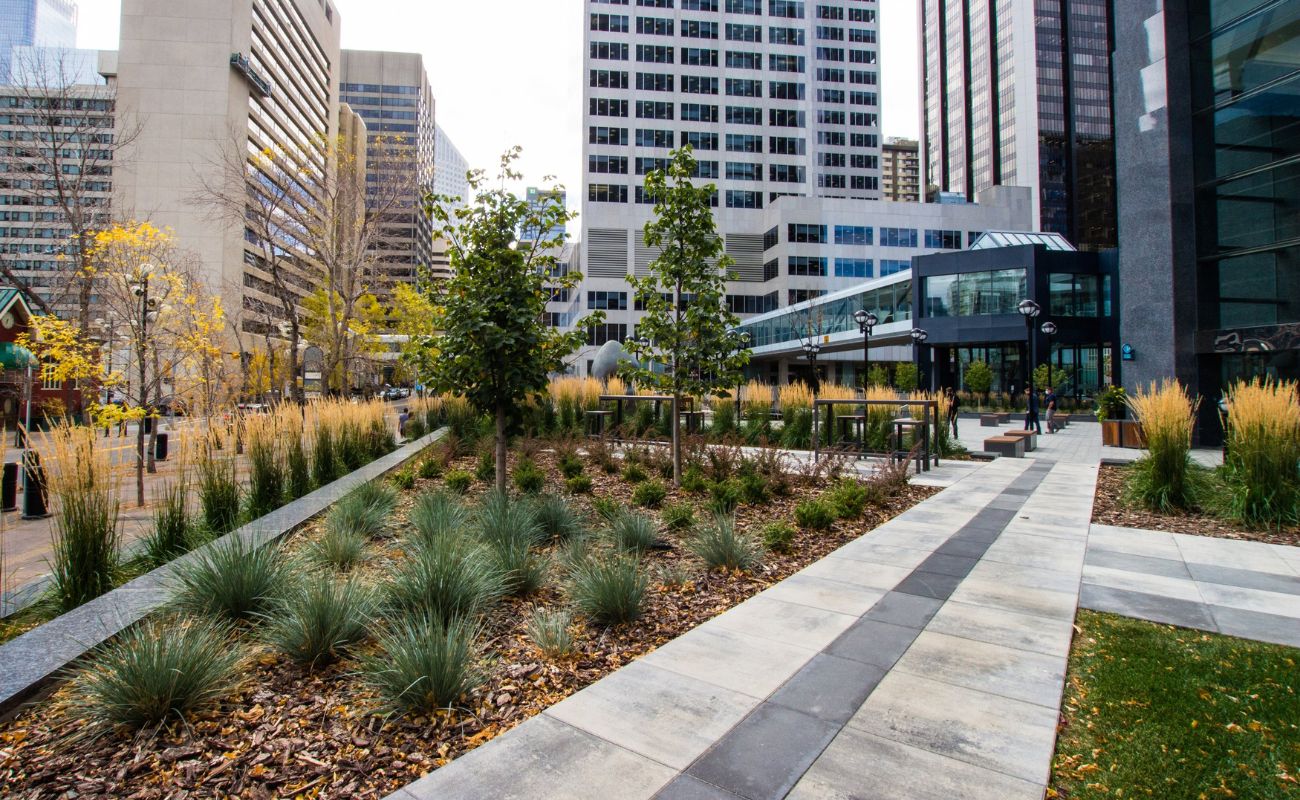
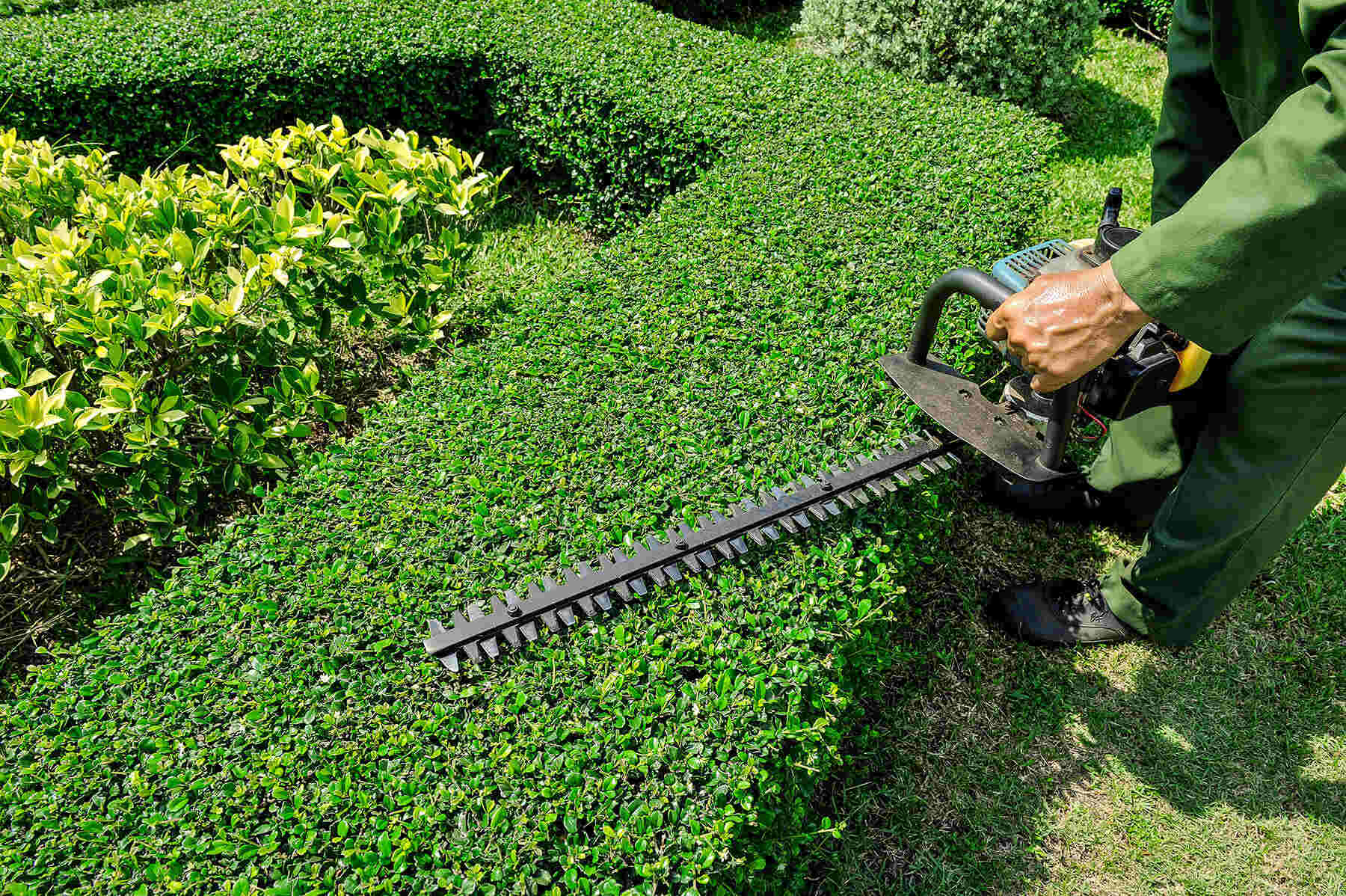

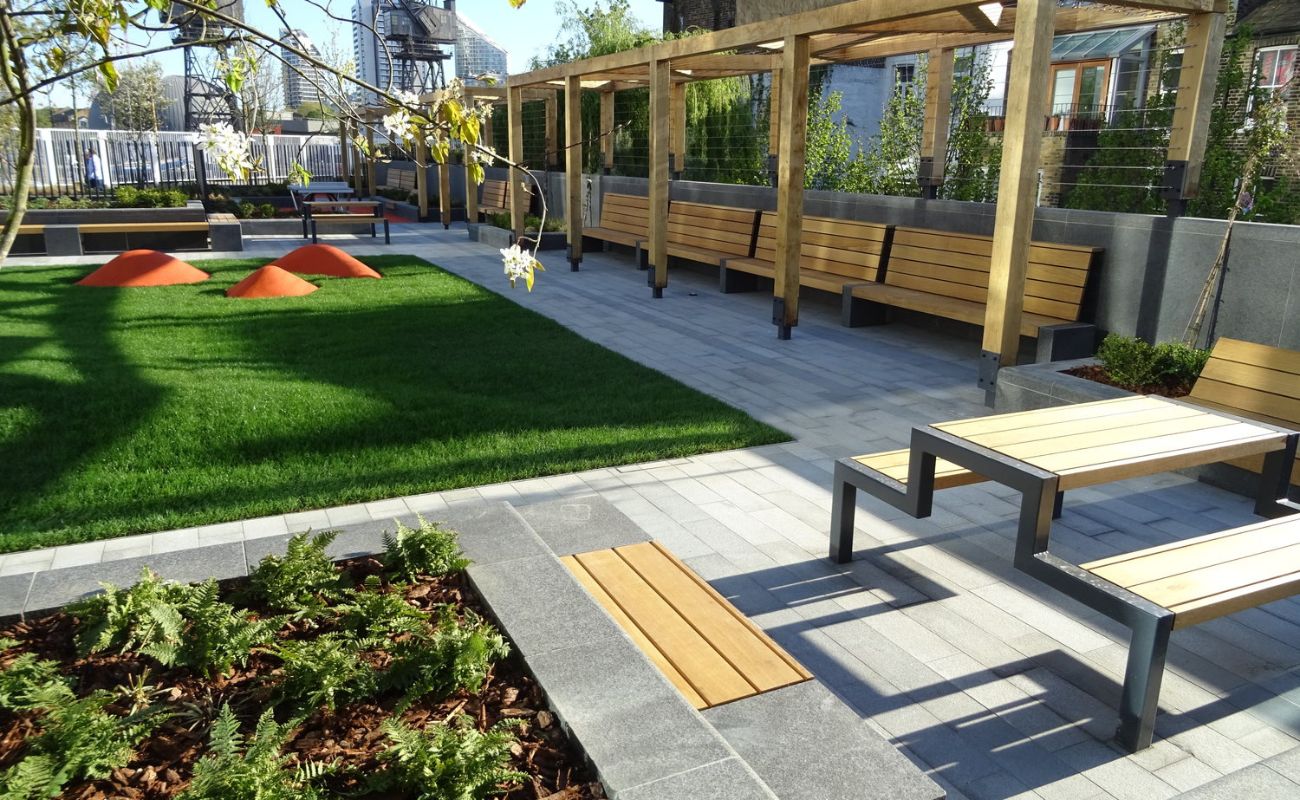

0 thoughts on “What Is Soft Landscape Construction”